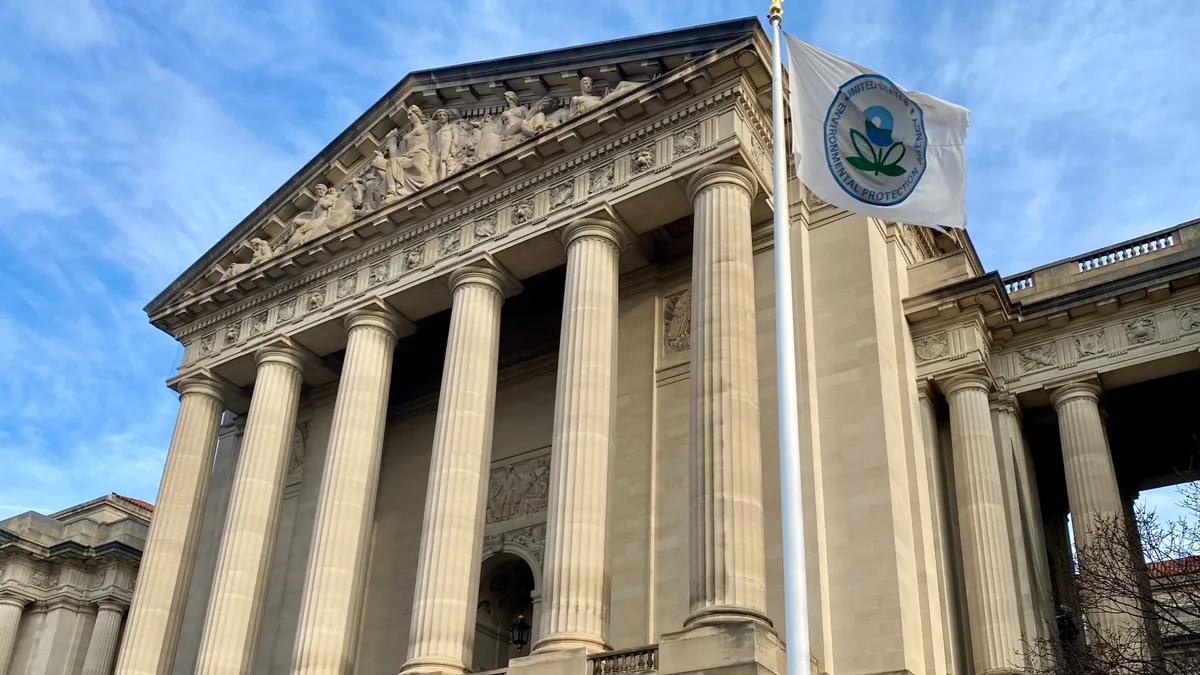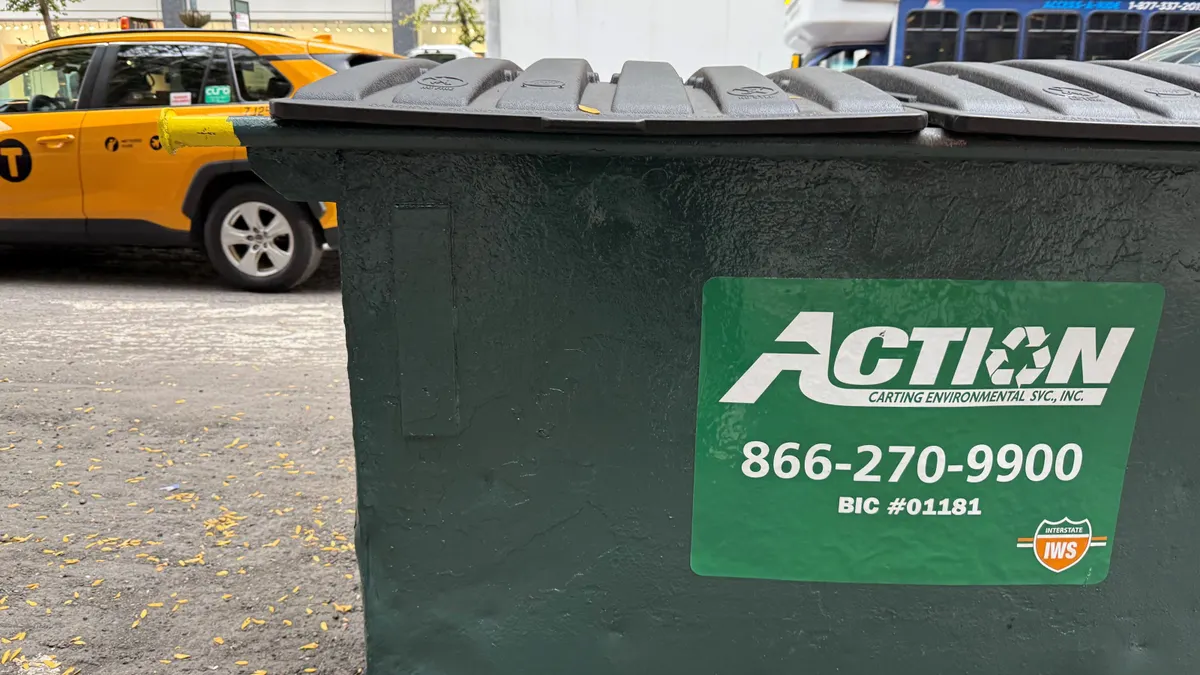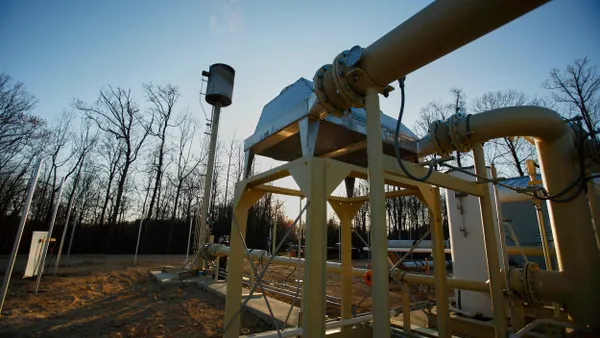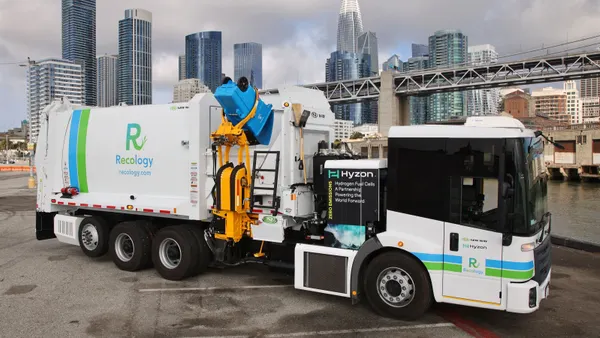The U.S. EPA updated its rulemaking agenda, adding timelines for when it plans to advance several key actions that affect the waste and recycling industry. Rules that appear on the docket address issues like PFAS, incineration and climate programs.
The agenda also omitted a projection for when the EPA would update air emissions rules for new and existing MSW landfills. The EPA did not provide Waste Dive new information on when that rule would be released.
PFAS
By the end of the year, EPA plans to issue a proposed amendment to the Toxic Substances Control Act's PFAS reporting rules. Since 2023, the agency has been working to require manufacturers of PFAS or PFAS-containing materials to disclose their use of the chemicals, as well as production volumes, disposal, exposures and hazards.
However, the reporting requirement has been delayed repeatedly, in part due to budget constraints. Manufacturers currently have until Oct. 13, 2026, to submit the necessary data. EPA's latest agenda item would add exemptions and further narrow the scope of the rule.
The EPA also noted its intent to finalize by February its removal of drinking water standards for several PFAS chemicals, including GenX. This action rolls back a major advancement in PFAS regulation, made by the Biden administration in April 2024.
The agency also is making good on its stated intent to push back reporting requirements for PFOA and PFOS in drinking water. The EPA plans to propose a new rule in October that would provide additional time for public water systems to come into compliance with maximum contaminant levels for the chemicals. That rule would be finalized in April 2026, per an agenda item.
Meanwhile, the agency plans to issue a final rule that would add certain PFAS chemicals to the Toxics Release Inventory in February. It previously issued a notice of proposed rulemaking on this issue on Oct. 4, 2024. Per the agenda, EPA is currently considering what events may trigger the automatic addition of PFAS to the inventory.
EPA is giving itself until April to review comments on its proposal to add nine PFAS compounds to its Resource Conservation and Recovery Act list. If enacted, the rule would require the agency to consider PFAS compounds when developing cleanup plans at RCRA treatment, storage and disposal facilities.
Incinerators
The EPA confirmed plans to issue a final rule updating the New Source Performance Standards and Emissions Guidelines for large municipal waste combustors by the end of the year. That's in line with a consent decree the agency reached with East Yard Communities for Environmental Justice last year.
Environmental groups said the rule has been due since 2011, but the agency has dragged its feet on issuing an update. The two sides initially agreed to a timeline that would see a final rule by the end of November 2024. But last year, they agreed to push that deadline back to Dec. 22, 2025.
“The EPA also pledged to complete the residual risk review requirements and technology review requirements that underpin the rules for hazardous waste combustor emissions by the end of this year. That action, too, comes through a court order in a case brought by an environmental group, the Blue Ridge Environmental Defense Fund.
Climate and environment
The EPA plans to issue a final rule rolling back the mandatory reporting of greenhouse gases first issued in 2009. The rule underpins the Greenhouse Gas Reporting Program, which has included certain waste facilities for years. In July, Administrator Lee Zeldin held an event touting the EPA's plan to roll back the "endangerment finding," the 2009 language determining EPA had the authority to regulate greenhouse gases due to public health concerns.
The agency this month also plans to update the language it uses when implementing the National Environmental Policy Act, or NEPA, which guides environmental reviews. In February, federal agencies were given up to one year to overhaul their approach to NEPA in order to expedite permitting approvals. EPA's updated approach to the law could affect things like the award of wastewater treatment construction grants, the issuance of new pollutant discharge permits and certain research and development projects, according to the agency.











